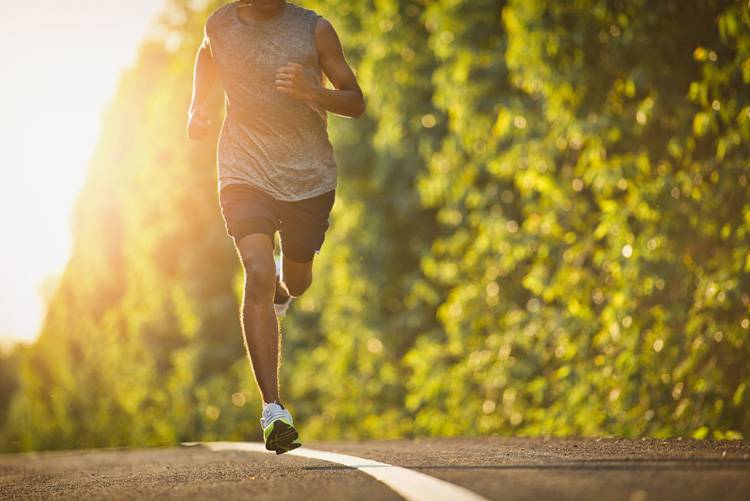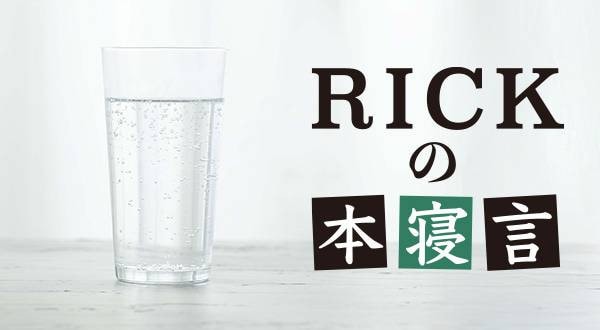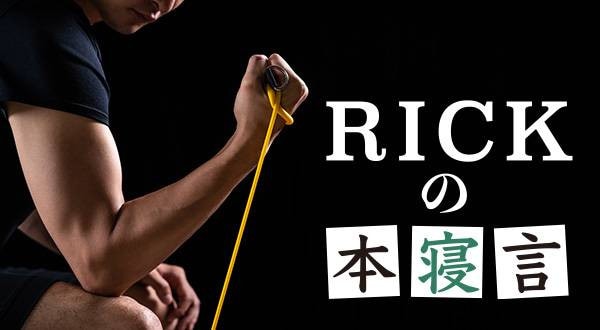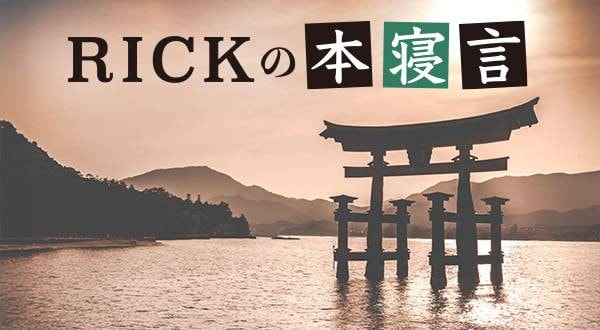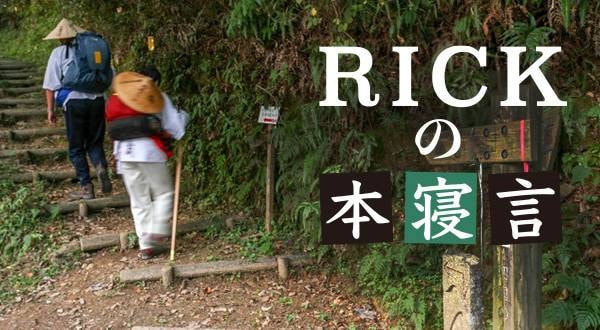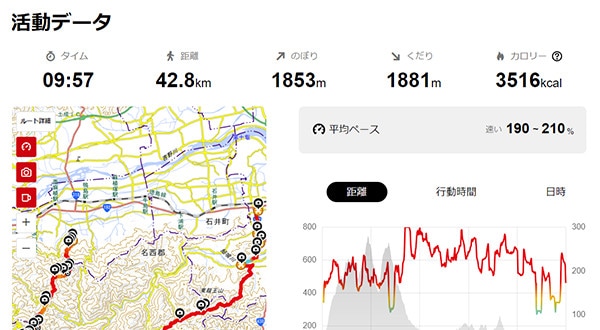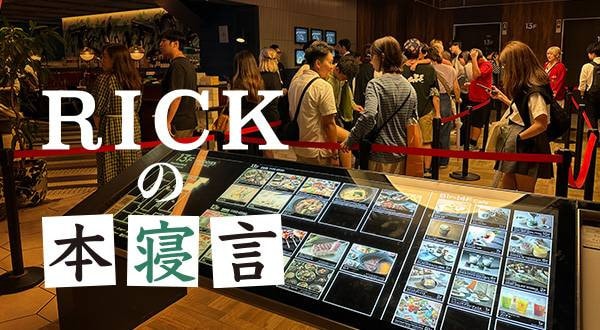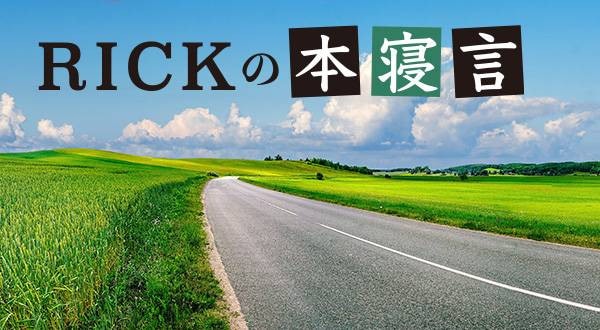Human beings have limits. We all feel various kinds of limits every day, but I think that there is probably no one who knows his or her true limits. We sometimes go with our feelings and lament, “I can’t stand it anymore!” when bad things start to pile up in our daily lives. However, usually we don’t even reach our limits at all. What is the true limit? I had a chance to test my own limits.
It has been a total of four days since I started my journey on the 88 temple pilgrimage in Shikoku. Since I have already reached the 19th temple, Tatsue-ji, what awaited me next was the most difficult route from Kakurin-ji to Tairyu-ji. The entire pilgrimage is more than 1,400 km, so if one were to finish it within a month, one would have to walk about 50 km a day. If it were just flat roads, it would be doable, but there are actually many mountain paths along the way, which make the pilgrimage a daunting task. Moreover, the rule of the pilgrimage is to travel from sunrise to sunset. Therefore, the maximum time you can move is 10 to 12 hours. The average speed of the pilgrimage must be 5 km/h, no matter how steep the terrain or how difficult the paths are. That is why it is extremely difficult to complete the entire pilgrimage in 30 days.
I calculated the journey over the past four days. To my dismay, I have only traveled 109 km! I was already two days behind because I had no other choice: On the first day, I had to stop in the middle due to dehydration under the extremely blazing hot weather. On the second day, I wasn’t able to reach the goal of the day, Shosan-ji, because I hurt my legs. On the third day, I fired myself up and finished one of the most difficult parts on the route from Shosan-ji to Dainichi-ji, then to Kannon-ji where I nearly reached the limits of my abilities. However, on the fourth day, I could not make it to Kakurin-ji and time was up at Tatsue-ji. Therefore, this fifth day was the touchstone to test my strength. Along with the mountain road toward Shosan-ji, the road from Kakurin-ji to Tairyu-ji is also said to be long and steep. After that, the route makes a sharp curve that is a long distance to Byodo-ji. In addition, I was running further to the 23rd temple, Yakuo-ji at one time; this plan literally seemed to put me at my limit.
Those who understand the geography of Tokushima will recognize it immediately: Tatsue-ji is actually located near our office in Komatsushima. Climb up the mountain from there to the west to reach Kakurin-ji. Then, keep going up and down the mountain, there is the Wakasugiyama Cinnabar Mine, and then, the 21st temple, Tairyu-ji. There is a ropeway that is said to be the longest in western Japan, with a total length of 2,775 m. From Tairyu-ji, pilgrims have to make a long descent to Byodo-ji, located in the south of Anan City. The distance from Tatsue-ji to Byodo-ji is already over 30 km and there are multiple mountain roads, so people normally stop there. However, since I was already two days behind the schedule, I couldn’t get delayed any longer (I told myself so). Then, taking on a challenge to my limit flashed through my mind. My wildest plan that immediately came to mind was to start from Tatsue-ji to Kakurin-ji, to Tairyu-ji, to Byodo-ji, and then reach Yakuo-ji in Hiwasa, Tokushima. I think that Tokushima natives can easily understand that this plan has pit stops at Kakurin-ji, Tairyu-ji, and Byodo-ji on the way in addition to making a half-day trip from Komatsushima to Hiwasa on foot, but can you imagine it?
So, I decided to do my fifth day of the pilgrimage on October 26, when the weather forecast said it would be sunny. I drove to Tatsue Station at 6:30 in the morning to start off the pilgrimage for the day. I planned to take a train back to Tatsue from Hiwasa Station, where Yakuo-ji is located, and then drive back to Tokushima City. Climbing the mountain path from the 19th temple, Tatsue-ji to Kakurin-ji and Tairyu-ji, and then to Byodo-ji makes a total of 30 km. I honestly didn’t know how hard it would be. The final destination of the day is Yakuo-ji, the 23rd temple, which is 20 km away. This seemed to be my limit. I might run out of strength on the way or get injured. I was prepared to retire from the challenge. My goal was Yakuo-ji! Can you guess how it ended?
When I reached Byodo-ji after seven hours, I was so exhausted that I even thought many times about taking the train back from there. "Oh, this is my limit”, “I’m so tired”, “I’ll hurt my legs again if I push myself any harder.” - My body was screaming. I even started to feel I was dehydrated. I was thirsty because I sweated so much that no matter how much water I drank, it would drip off my body as sweat. It was a bit of a dangerous situation. However, thinking calmly, I realized that if I didn’t make it to Yakuo-ji that day, the distance from Byodo-ji to Murotomisaki on the next pilgrimage on the sixth day would have been 95 km, a long distance that there was no way that I could have done in a day. Therefore, I told myself that I would have to get over this wall at any cost now or I would have my back against the wall! I decided to head south and pretended not to see the JR Niino Station near Byodo-ji.
The last 20 km from Byodo-ji to Yakuo-ji was extremely tough. It was terrifying to think that it might take another three hours after finishing the 30 km mountain road for over seven hours. I felt nothing but dread. I was so afraid of not knowing when my legs might have a problem again. As my legs got stiff on the way, I kept saying to myself, “I’ll never stop” and I concentrated only on moving my legs forward. This was quite an ordeal. I kept saying to myself in a positive manner; “Keep moving your legs another step forward, one after another...” I had done this kind of training for the marathon race, but I still thought this was too hard.
I ended up running out of water and I became desperate when suddenly I found a cafe in a shack along the road where there was supposed to be nothing. I decided to beg the owner of the cafe for a glass of water. This glass of water saved my life. After drinking the water, I regained a little bit of energy and started walking and running again toward Yakuo-ji.
Just before 5:00 p.m., I arrived safely at Yakuo-ji after more than 10 hours. There I was able to see the beautiful grounds around the temple. I was also able to enjoy taking a bath at the Yakuo-ji hot spring during a 30-minute break before taking the train back. There is no other better way to heal my worn-out body. A train back to Tatsue was a one-hour ride. I was full of emotions looking back at the long distance to Hiwasa that I had walked and ran on my own feet.
I now have great confidence in myself for having overcome the most difficult hurdle. Next stop was Murotomisaki! After returning home, I weighed myself and found that I had lost 3 kg. I had 5 liters of water, which meant that I had sweated 8 liters. It was no wonder that I felt as if my body had been completely replaced. I have surprisingly no appetite, no desire to drink, and now I simply feel as if my body is empty. This probably is what it means to reach my limit. In other words, everything was empty. My body was just empty. I will take a good rest and prepare for the next pilgrimage. I hope that there will be no more breaking the limits for me.
